
How to Use LM3480IM4: Examples, Pinouts, and Specs
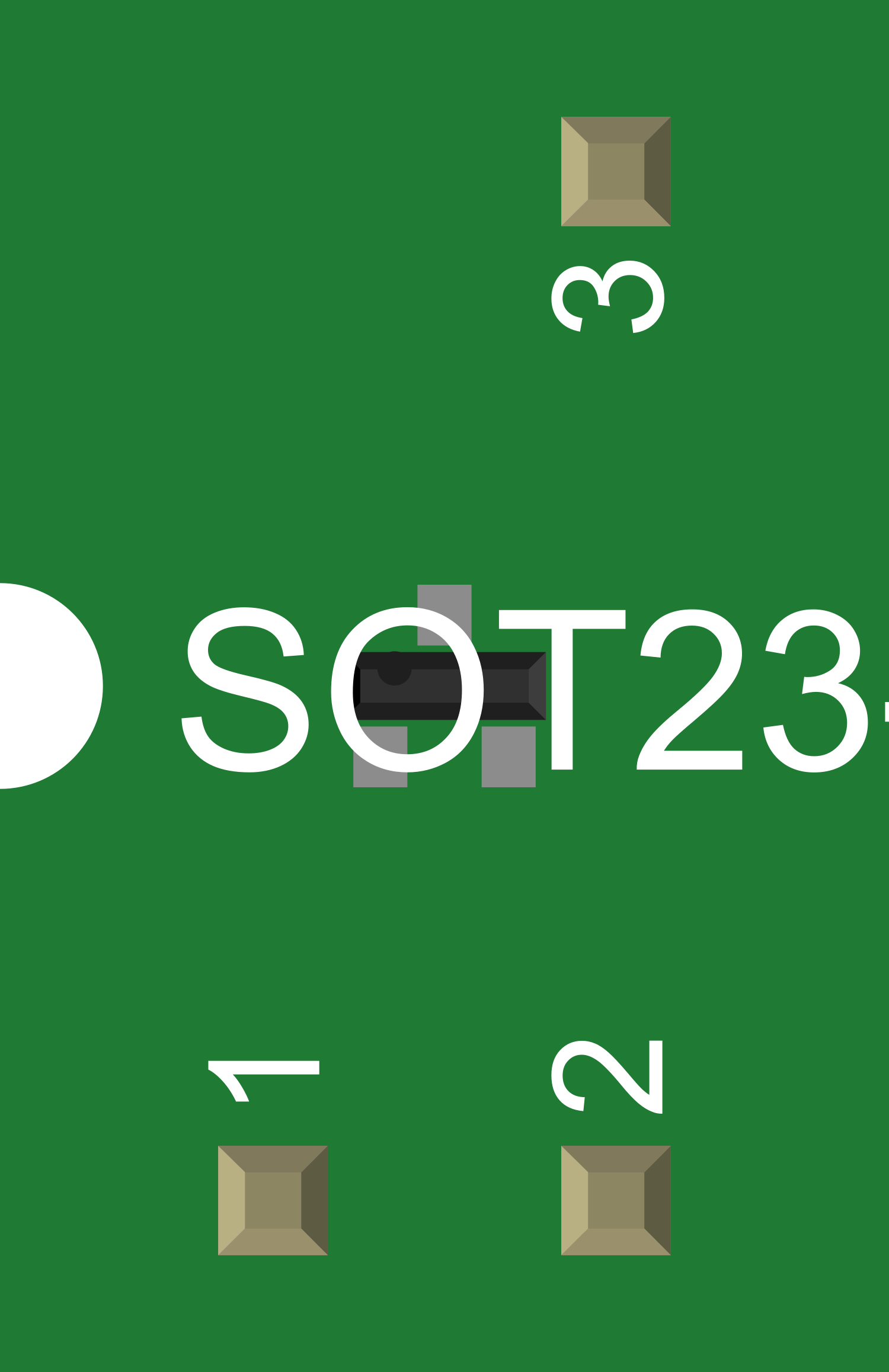
 Design with LM3480IM4 in Cirkit Designer
Design with LM3480IM4 in Cirkit DesignerIntroduction
The LM3480IM4 is a low dropout (LDO) linear voltage regulator designed to provide a stable output voltage with a low dropout voltage. This component is ideal for applications that require a regulated power supply with minimal voltage variation, such as battery-powered devices, portable electronics, and microcontroller systems.
Explore Projects Built with LM3480IM4
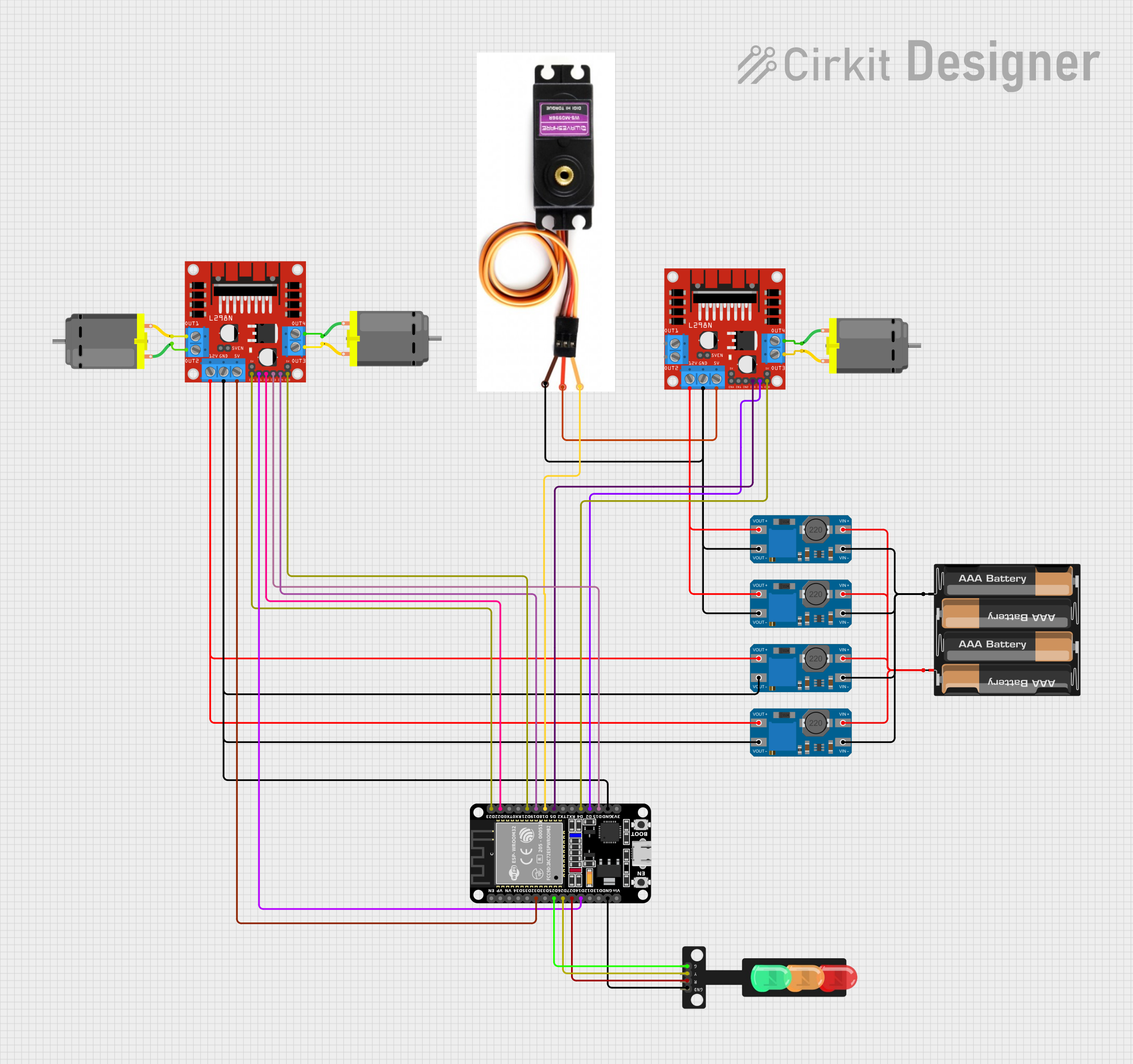
 Open Project in Cirkit Designer
Open Project in Cirkit Designer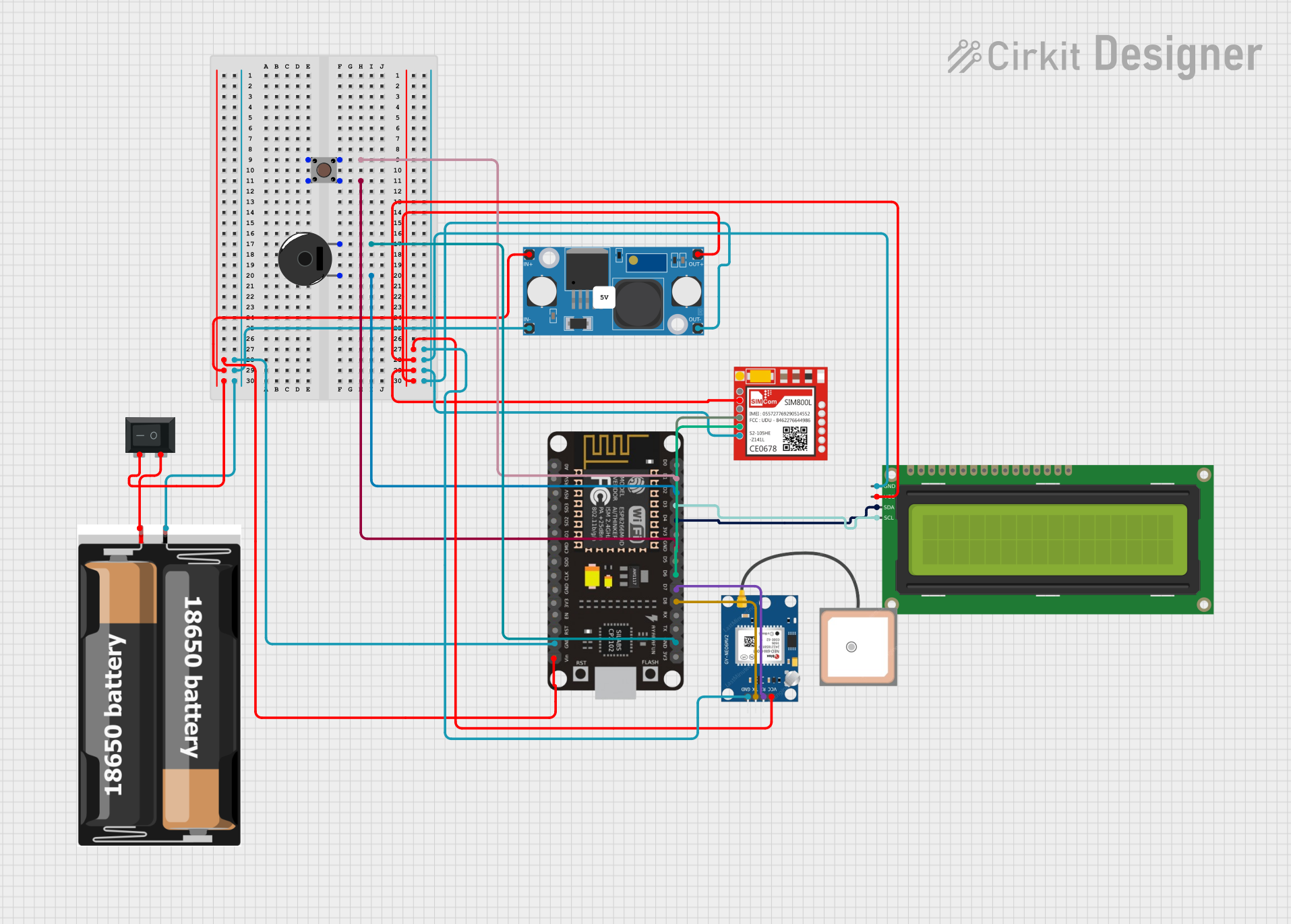
 Open Project in Cirkit Designer
Open Project in Cirkit Designer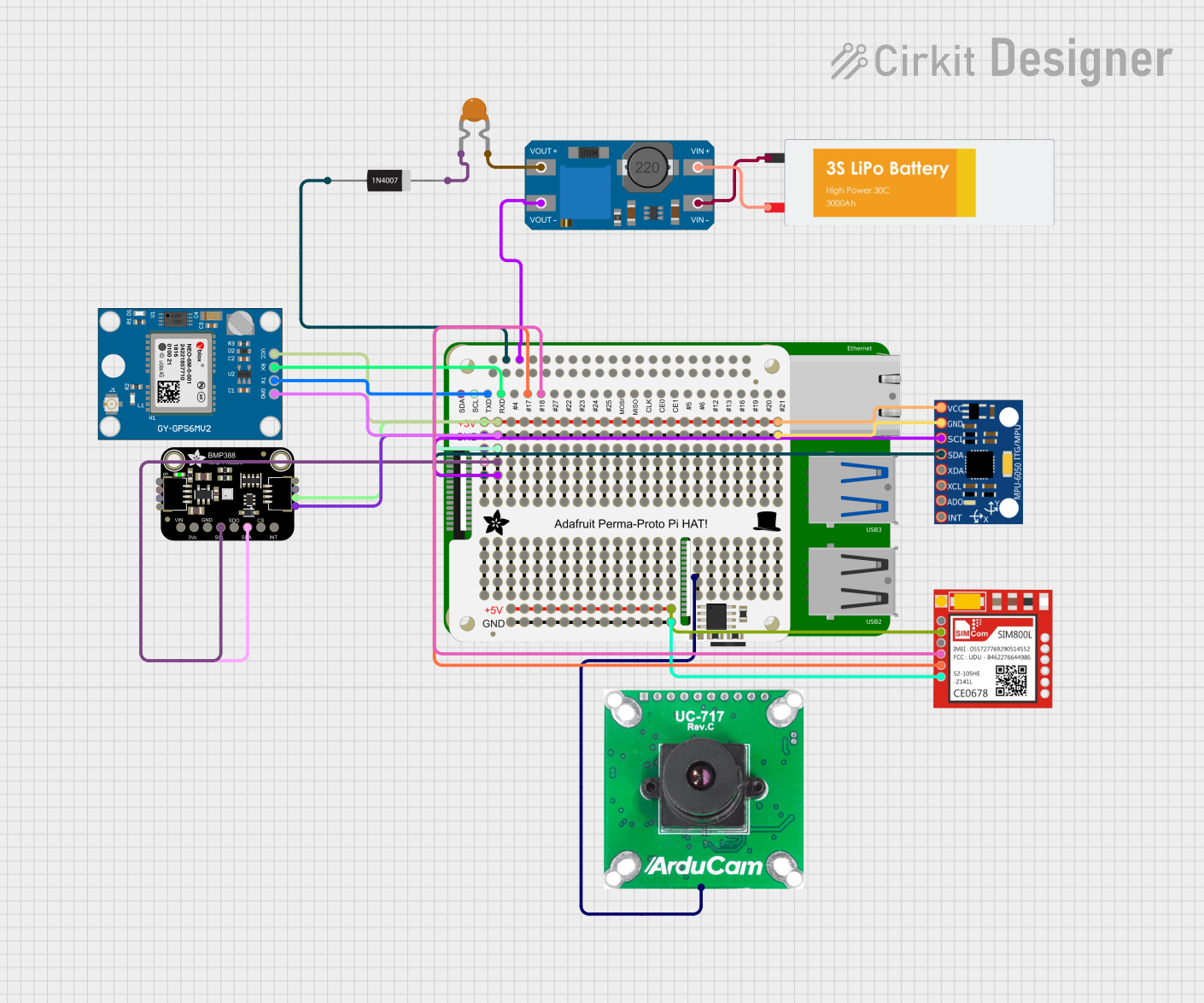
 Open Project in Cirkit Designer
Open Project in Cirkit Designer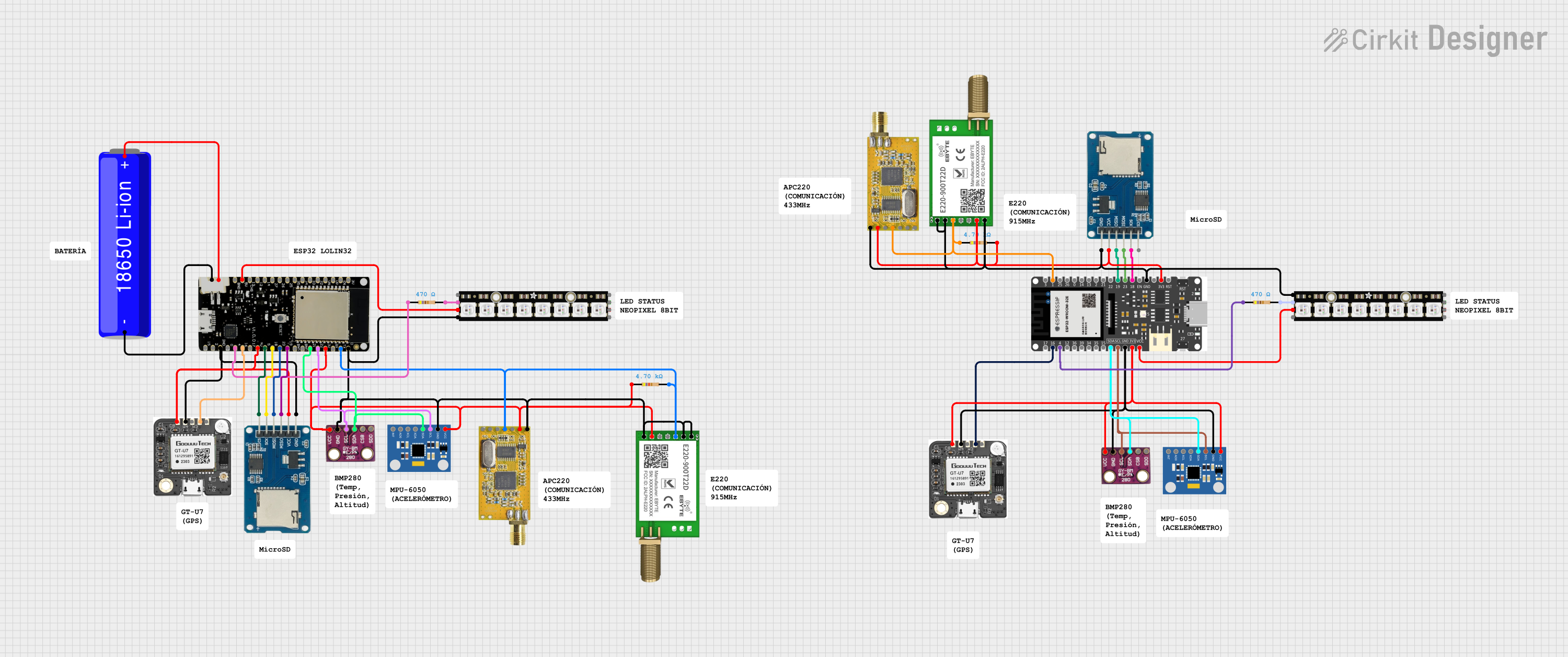
 Open Project in Cirkit Designer
Open Project in Cirkit DesignerExplore Projects Built with LM3480IM4

 Open Project in Cirkit Designer
Open Project in Cirkit Designer
 Open Project in Cirkit Designer
Open Project in Cirkit Designer
 Open Project in Cirkit Designer
Open Project in Cirkit Designer
 Open Project in Cirkit Designer
Open Project in Cirkit DesignerCommon Applications and Use Cases
- Power supply for microcontrollers and digital logic
- Battery-powered devices
- Portable electronics
- Low-power embedded systems
Technical Specifications
Key Technical Details
- Output Voltage Options: Fixed
- Dropout Voltage: Typically 0.5V at 100mA load
- Output Current: Up to 100mA
- Quiescent Current: Typically 1mA
- Package: SOT-23
Pin Configuration and Descriptions
| Pin Number | Name | Description |
|---|---|---|
| 1 | GND | Ground reference for the regulator |
| 2 | Vin | Input voltage to the regulator |
| 3 | Vout | Regulated output voltage |
Usage Instructions
How to Use the Component in a Circuit
- Connect the input voltage (Vin) to pin 2. Ensure that the input voltage does not exceed the maximum rating specified in the datasheet.
- Connect the ground (GND) to pin 1.
- The regulated output voltage (Vout) can be taken from pin 3.
- It is recommended to place a bypass capacitor (typically 1µF) close to the input and output pins to improve stability and transient response.
Important Considerations and Best Practices
- Ensure that the input voltage is always higher than the desired output voltage by at least the dropout voltage.
- Avoid exceeding the maximum input voltage and current ratings to prevent damage to the regulator.
- Heat dissipation should be considered if the regulator is expected to operate near its maximum output current rating.
- Use appropriate decoupling capacitors to minimize voltage spikes and noise on the input and output.
Troubleshooting and FAQs
Common Issues Users Might Face
- Output Voltage is Too Low: Check if the input voltage is sufficiently above the output voltage considering the dropout voltage.
- Regulator Overheating: Ensure the current draw is within the specified limits and improve heat dissipation if necessary.
- Output Voltage Fluctuations: Verify the presence and correct value of the input and output bypass capacitors.
Solutions and Tips for Troubleshooting
- If the output voltage is not stable, check the input voltage and the bypass capacitors for proper values and connections.
- In case of overheating, reduce the load current or improve heat sinking.
- For noise issues, ensure that the layout minimizes the loop area and that the bypass capacitors are placed as close to the regulator pins as possible.
FAQs
Q: Can I use the LM3480IM4 to regulate a 5V output? A: Yes, as long as the input voltage is sufficiently above 5V considering the dropout voltage and within the maximum input voltage rating.
Q: What is the maximum input voltage for the LM3480IM4? A: Refer to the datasheet for the specific model's maximum input voltage rating.
Q: How can I improve the efficiency of the LM3480IM4? A: Minimize the difference between the input and output voltage to reduce power loss across the regulator.
Example Code for Arduino UNO
Below is an example code snippet for using the LM3480IM4 to power an Arduino UNO. The LM3480IM4 is used to regulate an external voltage source to the 5V required by the Arduino.
// This example assumes that the LM3480IM4 is used to provide a regulated 5V
// from a higher voltage source to power the Arduino UNO.
void setup() {
// Initialize the serial communication to send data to the computer
Serial.begin(9600);
}
void loop() {
// Read the voltage on the 5V pin using the internal reference
int sensorValue = analogRead(A0);
float voltage = sensorValue * (5.0 / 1023.0);
// Print the voltage to the Serial Monitor
Serial.print("Regulated Voltage: ");
Serial.print(voltage);
Serial.println(" V");
// Wait for a second before reading the voltage again
delay(1000);
}
// Note: The analogRead function is used here for demonstration purposes.
// In practice, the Arduino's 5V pin would be directly powered by the LM3480IM4.
Remember to connect the output of the LM3480IM4 to the 5V pin on the Arduino and the ground of the LM3480IM4 to the ground on the Arduino. The input voltage should be connected to Vin on the LM3480IM4 and should be within the specified range for the regulator.